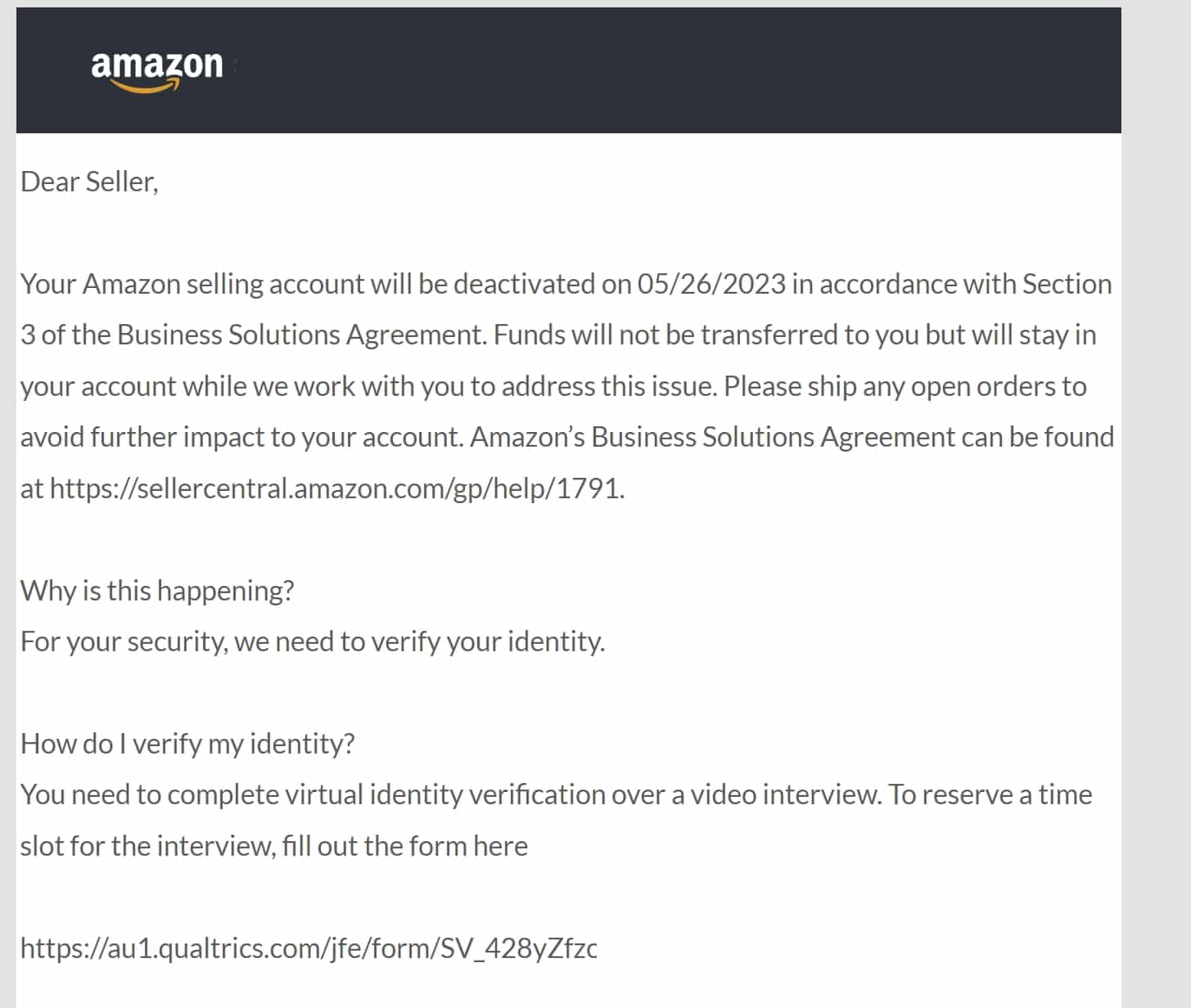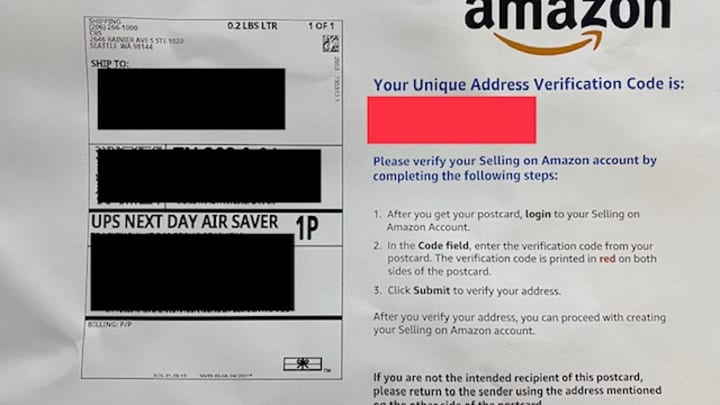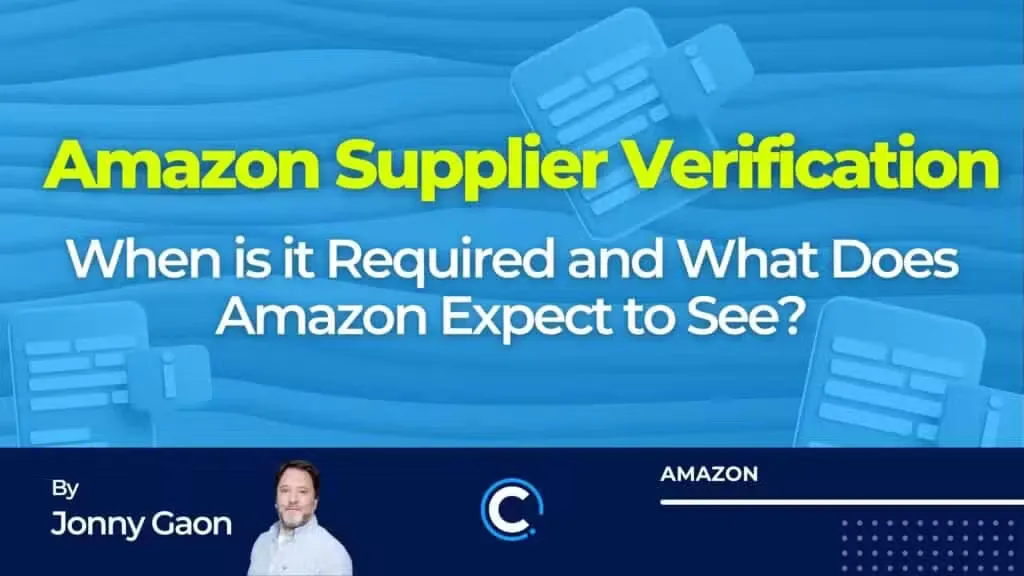Amazon Seller Postcard Verification

Imagine receiving a postcard, not from a faraway vacation spot, but from Amazon. A simple piece of mail, yet holding the key to unlocking or maintaining your online business. This seemingly old-fashioned method is now a crucial part of Amazon's effort to ensure the legitimacy of its vast marketplace, a process known as Amazon Seller Postcard Verification.
This verification, though seemingly simple, is a critical step in combating fraud and enhancing trust on the Amazon platform. It involves Amazon sending a physical postcard containing a unique verification code to the seller's registered address. Sellers must then enter this code into their Amazon Seller Central account to confirm their business location.
The Rise of Seller Verification
The need for stricter seller verification measures has grown alongside Amazon's exponential growth. The sheer volume of third-party sellers, now accounting for a significant portion of Amazon's sales, necessitates robust safeguards against fraudulent activities. This includes everything from counterfeit products to deceptive business practices.
Before postcard verification, Amazon relied on digital methods such as email and phone number verification. While these methods offered a level of security, they proved insufficient against increasingly sophisticated fraudsters who could easily spoof digital identities. According to a report from the U.S. Government Accountability Office (GAO), online marketplaces face significant challenges in preventing the sale of counterfeit goods, highlighting the need for enhanced verification processes.
Amazon's move towards postcard verification represents a significant step up in security. By requiring physical address confirmation, the company aims to establish a tangible link between the seller and their stated location. This makes it considerably harder for malicious actors to operate under false pretenses.
How Postcard Verification Works
The process is designed to be straightforward, minimizing disruption for legitimate sellers. After registering as a seller on Amazon, or when prompted by Amazon during routine checks, a postcard is automatically dispatched to the registered business address. This postcard contains a unique, single-use code.
Upon receiving the postcard, sellers log into their Amazon Seller Central account and enter the code. This confirms that the seller has access to the physical location associated with the account. Failure to enter the code within a specified timeframe can result in account suspension.
The implementation of postcard verification has been met with mixed reactions. Some sellers appreciate the added security and the positive impact it has on consumer trust. Others have expressed concerns about the potential for delays or errors, particularly for businesses operating from remote locations or those with complex address situations.
The Impact on Sellers and Customers
The primary goal of postcard verification is to protect customers from fraud and ensure a trustworthy shopping experience. By verifying seller identities and locations, Amazon aims to reduce the prevalence of counterfeit goods and other illicit activities. This benefits both consumers and legitimate sellers who are competing fairly in the marketplace.
For sellers, successful completion of the verification process can enhance their reputation and build trust with potential customers. A verified seller is often perceived as more reliable and trustworthy, leading to increased sales and customer loyalty.
However, the process also presents challenges for some sellers. Delays in receiving the postcard, issues with address accuracy, or difficulties accessing the registered address can lead to temporary account suspensions. Amazon provides resources and support to help sellers navigate these challenges, but the process can still be frustrating for some.
Ultimately, Amazon Seller Postcard Verification is a testament to the ongoing battle against fraud in the digital age. While not a perfect solution, it represents a significant step towards creating a more secure and trustworthy online marketplace. It's a constant evolution, adapting to new challenges and striving to balance security with the needs of a diverse seller community.
As the landscape of e-commerce continues to evolve, it's likely that Amazon and other online marketplaces will continue to refine their verification processes. The postcard might just be one piece of the puzzle, but it's a tangible reminder of the importance of trust and accountability in the digital world.


















